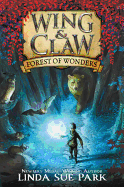The theme last night of the Book Industry Guild of New York's panel Color My World: An Exploration of Adult Coloring Books was gratitude--gratitude that the adult coloring book boom has grown so large and is continuing, with huge benefits for the entire book industry. Color us happy, panelists said in so many words.
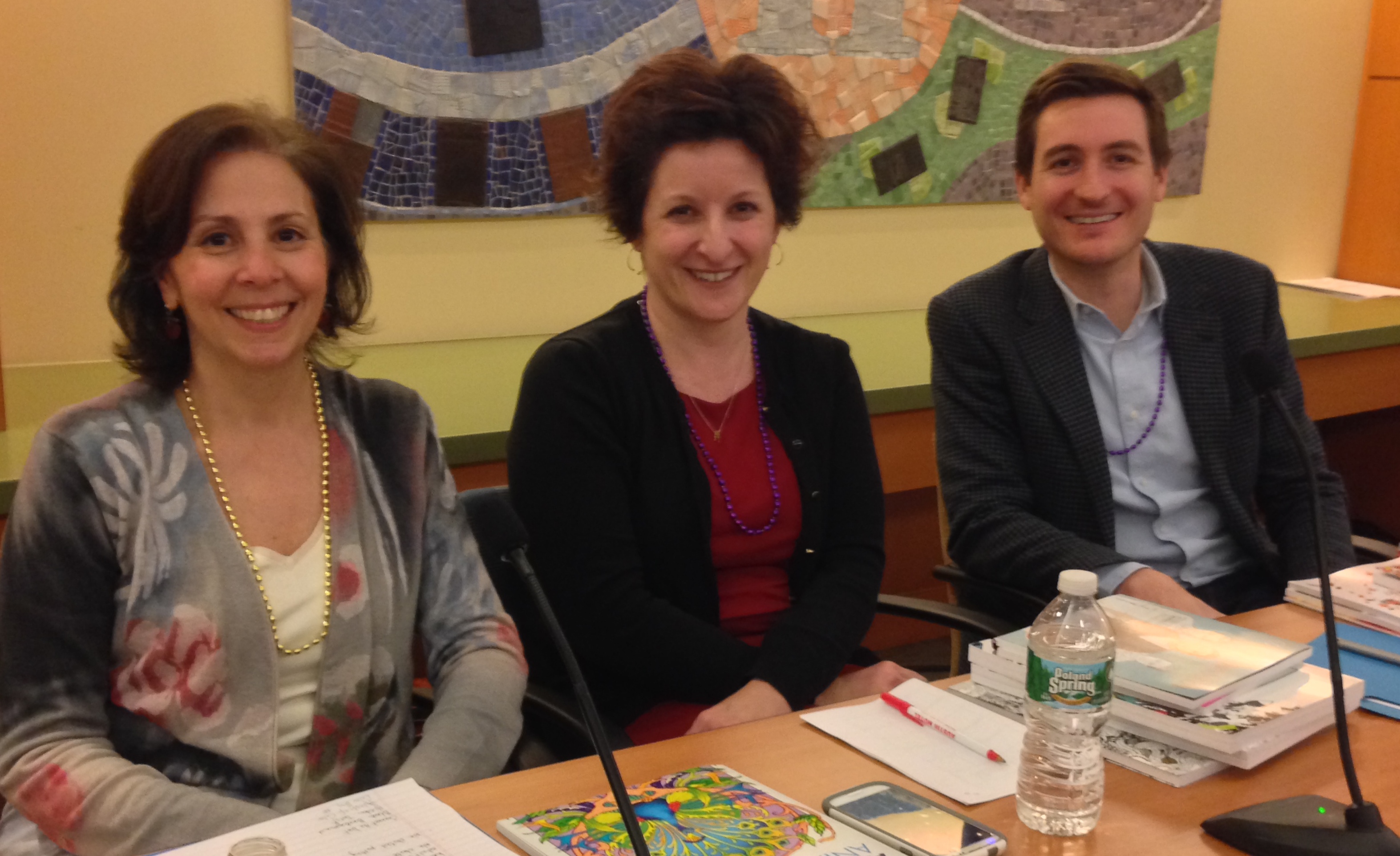 |
| (l.-r.) Jennifer Feldman of Dover Publications, Meg Leder of Penguin Books and Ed Spade of Ingram |
First, the numbers: panel moderator Jim Milliot, editorial director of Publishers Weekly, noted that through November last year, the top 10 coloring books sold 1.5 million copies, as reported by BookScan, which doesn't fully cover the traditional book retailing market and doesn't include the many non-traditional retailers that sell coloring books, such as Michael's. "There's no doubt those number are much, much higher," he said.
Jennifer Feldman, publisher of Dover Publications, said that since the 2012 launch of Dover's Creative Haven brand, which specializes in adult coloring books, the company has sold more than 11 million coloring books.
Ed Spade, senior account manager, content acquisition, of the Ingram Content Group, estimated that last year the company printed between 250,000 and 500,000 coloring books, which he called "a pretty stunning figure."
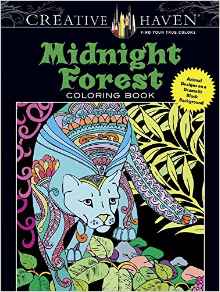 And at Penguin Books, Meg Leder, executive editor and editor of coloring book star Johanna Basford, said that sales of Basford's Last Ocean, published in October, have "exceeded all expectations."
And at Penguin Books, Meg Leder, executive editor and editor of coloring book star Johanna Basford, said that sales of Basford's Last Ocean, published in October, have "exceeded all expectations."
The panelists said they believe that the adult coloring book boom, which began in earnest a year ago, should continue for some time. Already there are a range of what Feldman called "spinoffs," particularly color by number and connect the dot books. "Adults who color want something new all the time," she said. "So we've tried to come up with all kinds of new things." She held up a copy of Midnight Forest by Lindsey Boylan, an October 2015 title with designs on a striking black background instead of a mostly blank terrain--a twist that has found an enthusiastic audience. She added: "I don't think this is a flash-in-the-pan craze."
Spade said that at Ingram, customized adult coloring book publishing is becoming more and more important. These books tend to be smaller in size and will be another area of coloring book expansion, he said.
The consensus was that the market is being filled with a variety of books from publisher after publisher on a broad range of themes that are making adult coloring books a popular gift item. Leder called it "a pretty big elastic market." Feldman said she was "hardpressed to find a publisher who's not in the game. It's a great thing. There's more variety."
One of the few exceptions to the publish-as-many-titles-as-possible approach is at Penguin Books. Leder said that the publisher is keeping the list "focused on Johanna" despite regularly receiving "tons of proposals."
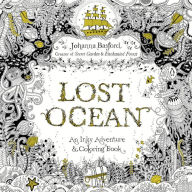 Among the most popular formats are perforated books with drawings printed only on one side of a page so that colorers can pull out their drawings and hang them. (Perforations are so popular that Ingram had to make changes to its Lightning Source POD printers to allow for perforation printing, Spade said.) The most popular item to use in coloring are colored pencils because they allow shading and more artistry. Leder said that Penguin is "exploring" bundling books and markers.
Among the most popular formats are perforated books with drawings printed only on one side of a page so that colorers can pull out their drawings and hang them. (Perforations are so popular that Ingram had to make changes to its Lightning Source POD printers to allow for perforation printing, Spade said.) The most popular item to use in coloring are colored pencils because they allow shading and more artistry. Leder said that Penguin is "exploring" bundling books and markers.
The panelists noted that a range of retailers are selling enormous amounts of coloring books, from indie bookstores, Barnes & Noble and Amazon to arts and crafts and other retailers. Penguin sales have been also particularly strong at Michael's and Target, and for Dover, at Bed, Bath & Beyond and the warehouse clubs.
Last year, when the adult comic book craze boomed, meeting huge demand was at times a challenge, panelists said. For Basford's books, Leder said, "Availability is a focus of our publishing program with her. It's a constant challenge."
At Dover, soaring demand has been a challenge, too, but because Dover has published coloring books since 1970, "We've been able to turn around quickly," Feldman said. "Because we have so many titles in print, we have lot of sources and a fair amount of flexibility." She emphasized the craziness of the past year, saying, "One minute we're printing a few thousand copies. The next, six figures. It makes your head spin."
Spade emphasized that Ingram's Guaranteed Availability Program has allowed publishers to fulfill orders when demand is high and traditional printers aren't keeping up with demand. "We've been able to help with holes in supply chains, especially with lots of printing overseas," he said, adding that because the company has so much sales data, it's been able to help publishers make decisions about sales and printings.
In many ways, printing coloring books are more demanding than traditional books. Leder said she "loves" production, "But I've never spent more time thinking about production details than with coloring books." Colorers are "hyper aware" of details.
One example: for Lost Ocean, Penguin improved the quality of the paper to 90 lbs. and shifted from cream to white. While many customers have loved the result, some miss the cream color of her previous books and feel the paper is "too smooth." As a result, Penguin is considering changes in her future books and with reprints of Lost Ocean.
In discussing why coloring books have become so popular, panelists pointed to a range of factors, including coloring's aid in increasing mindfulness, calm and stress relief. Noting that Dover's Creative Haven line has been endorsed by the Art Therapy Association, Feldman emphasized that the endorsement was of coloring books as a tool in art therapy, not therapy itself. "Coloring allows you to focus and be mindful, doing what's right in front of you," she said. "Chaos is at bay. You can exhale and focus on what you're doing for a while."
There's also coloring books' social importance. "Coloring books are gaining popularity among buyers in book clubs," Leder said. "It's a social activity." She added: "I love digital books, but I love that coloring books are an analog activity and take people away from screens."
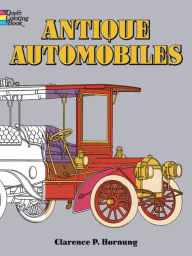 Feldman noted that 45 years ago, when Dover started publishing coloring books--the first was Antique Automobiles--most titles were of historical interest and educational. Now, "They're more relaxation- and design-oriented." She emphasized, too, that Dover's entrée into coloring books in 1970 developed from its "rich history publishing art books. Publishing adult comic books was a natural extension. It was popular then though clearly not as popular now!"
Feldman noted that 45 years ago, when Dover started publishing coloring books--the first was Antique Automobiles--most titles were of historical interest and educational. Now, "They're more relaxation- and design-oriented." She emphasized, too, that Dover's entrée into coloring books in 1970 developed from its "rich history publishing art books. Publishing adult comic books was a natural extension. It was popular then though clearly not as popular now!"
Leder, too, had some personal experience with coloring books well before the current craze. In 2006, as an editor at Perigee, she published Wreck This Journal by Keri Smith, the kind of book that "the author starts and the reader finishes," she said. "I've always loved this kind of book."
Then in 2013, she published Outside the Lines: An Artists' Coloring Book for Giant Imaginations, edited by Souris Hong-Porretta, with illustrations from more the 100 artists, and Color Me Swoon: The Beefcake Activity Book for Good Color-Inners as well as Beginners by Mel Elliott, both of which were well-timed for the coloring book craze.
Last year, the company signed coloring book giant Johanna Basford, who besides Lost Ocean will publish two titles this year and a set postcards this summer. Basford's Secret Garden, first published in 2013, has been the most popular adult coloring book of the current boom.
While Leder noted that there don't seem to be "as many teen buyers as one would have thought," Feldman noted that around finals, many colleges and universities have coloring parties "to calm everyone down and not feel such stress."
One sign that the adult coloring book craze will continue: the second annual National Coloring Book Day: A Day to Relax and Color, sponsored by Dover, will be held August 2. --John Mutter



SHELFAWARENESS.1222.S1.BESTADSWEBINAR.gif)


SHELFAWARENESS.1222.T1.BESTADSWEBINAR.gif)

 And at Penguin Books, Meg Leder, executive editor and editor of coloring book star Johanna Basford, said that sales of Basford's Last Ocean, published in October, have "exceeded all expectations."
And at Penguin Books, Meg Leder, executive editor and editor of coloring book star Johanna Basford, said that sales of Basford's Last Ocean, published in October, have "exceeded all expectations." Among the most popular formats are perforated books with drawings printed only on one side of a page so that colorers can pull out their drawings and hang them. (Perforations are so popular that Ingram had to make changes to its Lightning Source POD printers to allow for perforation printing, Spade said.) The most popular item to use in coloring are colored pencils because they allow shading and more artistry. Leder said that Penguin is "exploring" bundling books and markers.
Among the most popular formats are perforated books with drawings printed only on one side of a page so that colorers can pull out their drawings and hang them. (Perforations are so popular that Ingram had to make changes to its Lightning Source POD printers to allow for perforation printing, Spade said.) The most popular item to use in coloring are colored pencils because they allow shading and more artistry. Leder said that Penguin is "exploring" bundling books and markers. Feldman noted that 45 years ago, when Dover started publishing coloring books--the first was Antique Automobiles--most titles were of historical interest and educational. Now, "They're more relaxation- and design-oriented." She emphasized, too, that Dover's entrée into coloring books in 1970 developed from its "rich history publishing art books. Publishing adult comic books was a natural extension. It was popular then though clearly not as popular now!"
Feldman noted that 45 years ago, when Dover started publishing coloring books--the first was Antique Automobiles--most titles were of historical interest and educational. Now, "They're more relaxation- and design-oriented." She emphasized, too, that Dover's entrée into coloring books in 1970 developed from its "rich history publishing art books. Publishing adult comic books was a natural extension. It was popular then though clearly not as popular now!"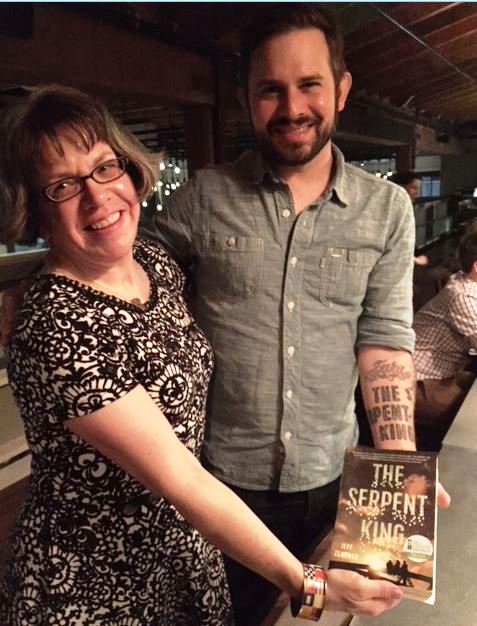 A group of Pacific Northwest booksellers and other book enthusiasts gathered at Seattle's Lark restaurant on February 8 to meet Jeff Zentner from Nashville, Tenn., author of the YA novel The Serpent King (Crown, March 8, 2016). Here, Zentner (sporting his tattoo bearing his novel's title!) and Caitlin L. Baker, children's book buyer at
A group of Pacific Northwest booksellers and other book enthusiasts gathered at Seattle's Lark restaurant on February 8 to meet Jeff Zentner from Nashville, Tenn., author of the YA novel The Serpent King (Crown, March 8, 2016). Here, Zentner (sporting his tattoo bearing his novel's title!) and Caitlin L. Baker, children's book buyer at 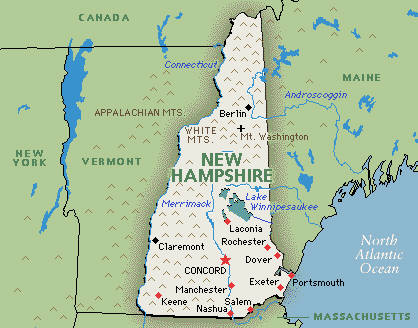 Posted on Facebook yesterday by Gibson's Bookstore, Concord, N.H.:
Posted on Facebook yesterday by Gibson's Bookstore, Concord, N.H.: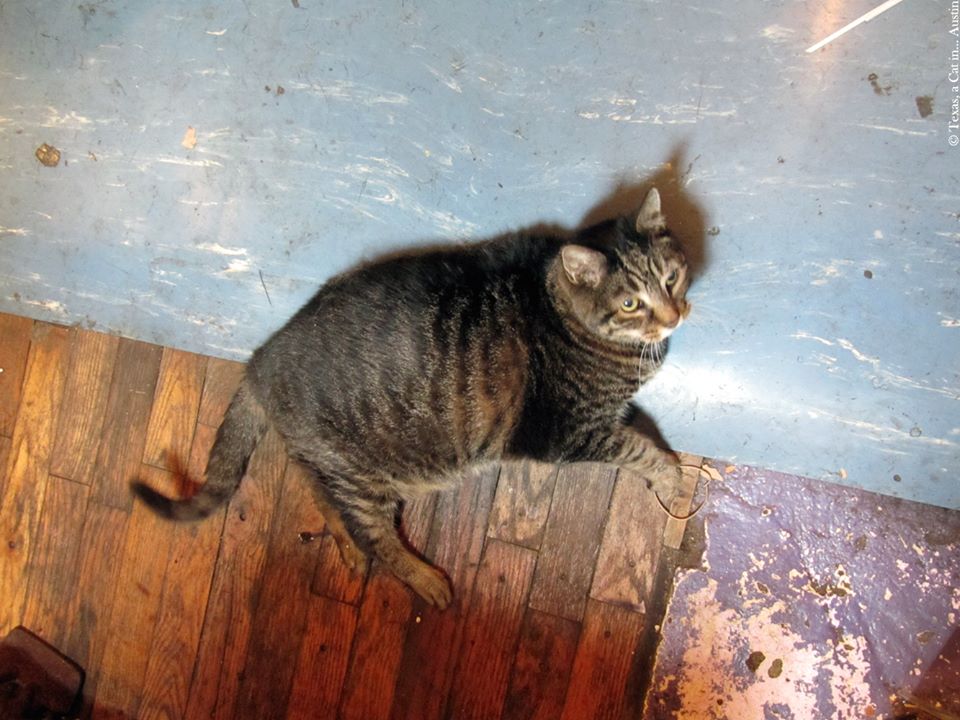 "Our dear bookstore cat,
"Our dear bookstore cat, 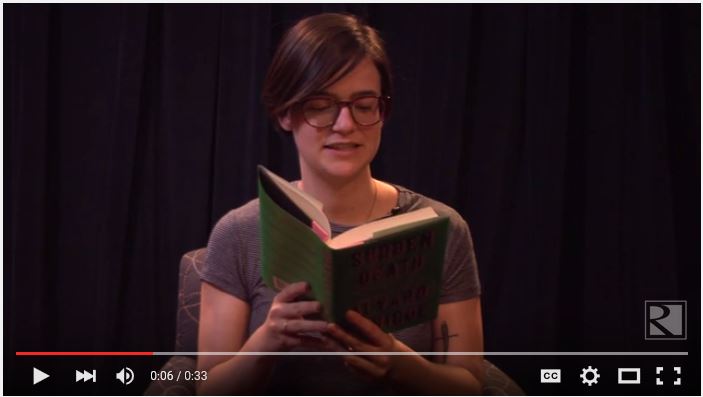
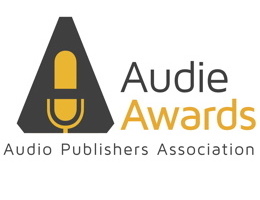 The Audio Publishers Association has selected finalists in 25 categories for the Audie Awards. Three new awards have been added: design, marketing and production. Winners in all categories will be announced at the Audies Gala on May 11 at the Adler Planetarium in Chicago during BookExpo America. See the nominees
The Audio Publishers Association has selected finalists in 25 categories for the Audie Awards. Three new awards have been added: design, marketing and production. Winners in all categories will be announced at the Audies Gala on May 11 at the Adler Planetarium in Chicago during BookExpo America. See the nominees 
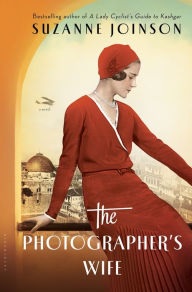 Book you're an evangelist for:
Book you're an evangelist for: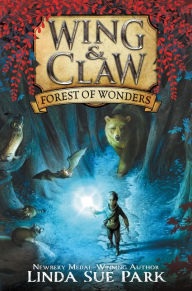 Newbery Medalist
Newbery Medalist 